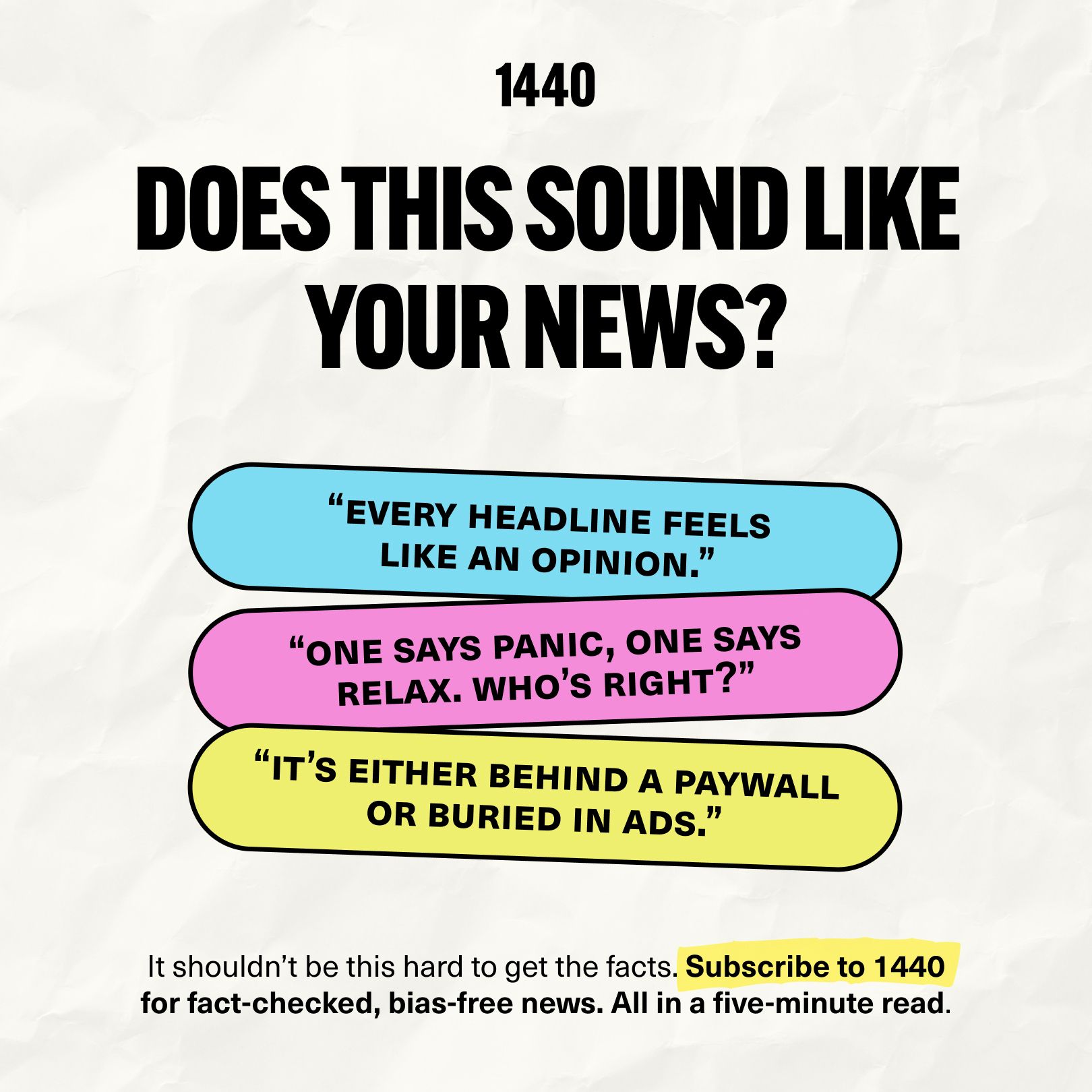- Private Market Review
- Posts
- Private Market Review: The IPO market is wide open
Private Market Review: The IPO market is wide open
Public market valuations are historically high; LPs state their preferences on risk-adjusted yield; the new normal in private capital markets, and fresh data on VC, middle-market, and AI startups

The Big Picture in private capital markets
the IPO market is wide open
LPs still think Direct Lending is the Cat’s Meow
Private Capital hits breakeven?
Plus, headlines, trends, and data:
tailwinds for Defense investors
the trouble with IRR
Credit Outlook is a mixed bag
Benchmarks for AI startups, hundreds of fresh slides on VC, a new private markets performance index, and a performance check on middle market portfolio companies
Private Market Review is a free newsletter for the smartest GPs, LPs and Allocators to keep tabs on the growing universe of alts, and the rotation to private capital markets.

The IPO Market is Wide Open
Forward earnings multiples are historically high:

At 22X forward earnings, public markets are priced as high as they’ve been since the DotCom Bubble (and have regained their ZIRP peak)
Why it matters:
Claims about the IPO Market being closed are emphatically wrong, and have been wrong for ~2 years
Public market investors will pay a pretty-penny for equity, provided you have profits to show, especially growing profits (and not just revenue)
High valuations are, once again, raising concerns about a market-bubble, especially as CapEx for the most profitable companies begins to eat into free cash flow
Try as they might, private market investors cannot blame the public markets for their lack of liquidity. Investors won’t pay exorbitant revenue multiples anymore, but that was the (short-lived) outlier. The market is focused on earnings and earnings growth, as it should—if you’ve got earnings, go public, and if not, then cry about ‘the IPO markets being closed.’ That markets have been pricing earnings is also some comfort against broader bubble concerns. Unlike Cisco back in ‘99, Nvidia’s margins are extraordinary, but query whether all that spending by Nvidia’s biggest customers (also some of the most profitable companies the universe has ever known) starts to put a damper on broader earnings growth.
Looking for unbiased, fact-based news? Join 1440 today.
Join over 4 million Americans who start their day with 1440 – your daily digest for unbiased, fact-centric news. From politics to sports, we cover it all by analyzing over 100 sources. Our concise, 5-minute read lands in your inbox each morning at no cost. Experience news without the noise; let 1440 help you make up your own mind. Sign up now and invite your friends and family to be part of the informed.
Direct Lending is still the strategy of choice
Surveyed LPs still see Direct Lending as the place to be:
Just under ~70% of respondent LPs (and 73% of institutional LPs) selected Direct Lending as the “best opportunity for risk-adjusted income yield.”
Why it matters:
Direct lending has been the fastest-growing asset class for the past few years
Direct lending performed exceptionally well when rates went up, as direct lenders benefited from wider spreads and the relative lack of competition from banks
Recently, there’s been some concern around over-crowding, competition from banks, and a race-to-the-bottom chase for yield, but for now, LPs do not seem dissuaded
Despite genuine concerns about the risk/return of direct lending, it still generates a ~150-200bp spread on public comps, and whatever turmoil lies beneath simply hasn’t materialized in any data that we’ve seen. With the increasing capital demands of asset-heavy infrastructure and AI-related buildouts, there is plenty of room to run. Mind the PIKs and other signs of chicanery, but it’s not entirely surprising that LPs are still hot on Private Credit.
Private Capital Breaks Even?
Net cashflows for private capital globally are nearly breakeven:

Why it matters:
For the past few years, GPs have been calling a lot of capital, but returning very little of it
The lack of liquidity has been a challenge for everyone in the ecosystem, as GPs struggle to raise from LPs who haven’t seen enough by way of liquid returns to recycle into new funds.
A return to breakeven, driven primarily by slower deployment and fewer capital calls, but also an uptick in exit activity, means the private capital markets may be healing.
The ZIRP-overhang is still very much out there, as mature NAV continues to ripen for historically long periods of time. But the new-normal has imposed a lot more discipline, particularly on the call n’ raise side of the ledger—distributions are still relatively sparse, it’s just that calls have been even sparser. The point is that a return to breakeven is welcome, but it has come at the expense of a substantial contraction of the industry, which hasn’t yet been internalized by most of the players.

Capital Markets for the Curious
Spread the gospel of Private Market Review
If you want better, smarter, capital markets content to thrive (like we do), then please share PMR with friends and colleagues.
Headlines 📰
Coller Capital launches $5.8B private credit secondaries fund. Secondary liquidity for the asset class that was supposed to liquid. Curious.
SpaceX to invest $2B into xAI. Cross-pollination amongst the Musk family of companies.
Billionaire turns Pentagon into Trump’s Defense Investment Wing. The gold rush for defense tech and rare earths gets a big win, as the Pentagon itself, gets into the direct investing game.
The PE maneuver to let more investors cash out. Continuation vehicles continue to be the ‘innovation’ of choice.
Bain and Kohlberg make big bets on biopharma. A new investment in PCI Pharma values the company at $10B. It’s been an unloved sector for a while, and there’s more evidence that China is rapidly running away with Biotech, using massive industrial scale, and a ‘fast-follower’ approach. But, regulatory efforts and technological changes are tipping in favor of American biotech, and investors are taking notice.
Private Credit lures the ultra rich. $3.1T in family office assets are searching for cash-flowing yield. Direct lenders have just the thing they’re looking for.

Strategy, Trends & Analysis 📈
How the Big Beautiful Bill impacts startups. Not all that much. But see QSBS 2.0 is Here. For any issuance after July 5, 2025, QSBS (venture’s favorite tax hack) accelerates to a 3-year hold (for 50% tax-free), and the cap increases to $15M per investor, per company.
Another problem with IRRs. IRRs lend enormous weight to early wins, but don’t say all that much about what the manager has done lately.
Carlyle’s ‘New Martial Plan’ primer on defense spending. Europe is spending a lot on defense, supposedly. Carlyle has the charts and strategy to take advantage of the shift.
Credit Outlook from the Man Group. It’s a mixed bag.
Goldman Sachs ‘Are the fiscal worries different this time?” Yes, a little. Demographics have changed a lot.
Is the PE machine broken? ‘The exit pipeline is a parking lot.’

Charts, Data & Decks📊
The best of investor/adviser market overviews, benchmarks, data-dumps, and chart-packs


